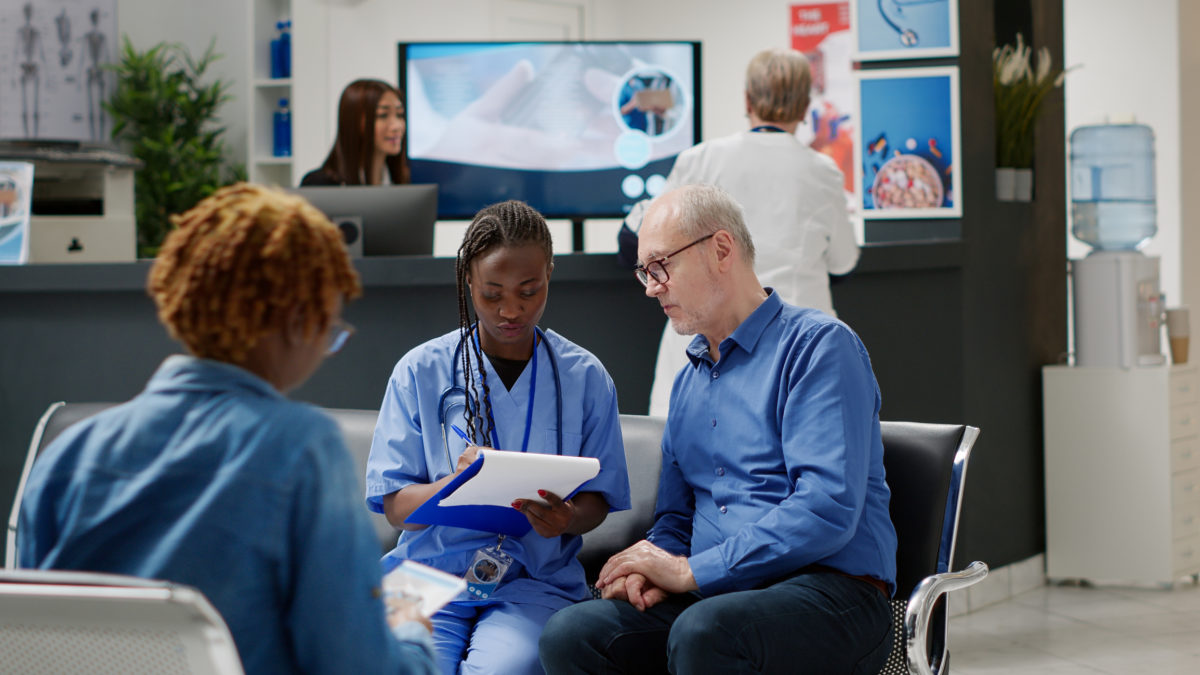When to go to urgent care, the ER or your doctor
By Mary Anna Rodabaugh
Urgent care centers are walk-in clinics for patients seeking same-day treatment for minor illness and injuries. Common ailments treated at urgent care centers include coughs, colds, sprains, small cuts and strains. Urgent care centers also administer vaccinations and annual physicals.
“Patients are definitely seen quicker in an urgent care,” says Dr. Jennifer Campbell, medical director at Main Line Health Urgent Care & Occupational Medicine, in Wynnewood.
Hospital waiting rooms tend to become inundated with sick patients who experience long wait times. Patients can reduce exposure to illness by visiting their local urgent care. This option also benefits emergency department patients, allowing more beds to stay open for true emergencies.
What to expect at urgent care
Most urgent care centers allow you to make an appointment online or by phone, but walk-ins are accepted. Depending on the nature of their condition, patients are seen on a first-come, first-served basis. Urgent care centers tend to be open on weekends and for longer hours than primary care or family medicine physician offices. Patients should bring photo identification and their insurance card when they come to urgent care. After checking in at the front desk, you will wait to be seen by a trained clinician.
“Patients of urgent cares will be seen by a physician or nurse practitioner who is emergency department trained or family physician trained,” Dr. Campbell says. “They’re all experienced in what they see.”
Urgent care centers are usually staffed by board-certified physicians, nurse practitioners, physician assistants, medical assistants and x-ray technologists, who have experience and training in emergency medicine, primary care, pediatrics, internal medicine and sports medicine.
Requests for prescription refill must be accompanied by an urgent care office visit and are evaluated on an individual basis. Some urgent care centers carry a variety of commonly prescribed medications and antibiotics onsite for purchase.
Most urgent care centers accept major insurance plans. However, self-payment of medical fees is also an option.
When to go to the ER
“There are five major symptoms you should treat at the emergency room instead of urgent care,” Dr. Campbell says. If you experience the following, “don’t waste time, go to the emergency room.”
- Chest pain.
- Shortness of breath.
- Abdominal pain.
- Stroke symptoms, including weakness, numbness, slurred speech and/or vision changes.
- Fall or head injury if you’re taking a blood thinner.
When to see your doctor
You should visit your primary care doctor if you have chronic health issues that require managed care, including diabetes, high blood pressure, arthritis and/or psychiatric conditions.
Even if you receive treatment at an urgent care, your urgent care clinician will advise you to schedule an appointment to follow up with your primary care physician.
For a a list of urgent care centers in your area, ask your primary care doctor or health insurance provider.
Mary Anna Rodabaugh is a writer, editor and writing coach.




